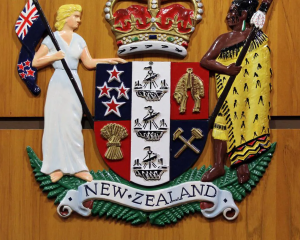With about 73,000ha of the Wakatipu infested with wilding pines, the Wakatipu Wilding Conifer Control Group says its latest strategy of eradicating, containing and reducing is vital if the trees are to be managed.
The group's chairman, Peter Willsman, said $4.2 million was required during the next four years to complete the control programme ''and having to revisit sites after they've been cleared adds greatly to the cost''.
''We need to widen the scope and look at the seed sources that are causing the problems.''
A five-point action list has been adopted: alerting the community to the spread, communicating the control programme, eradicating seeding trees, containing non-removable wilding areas and handing back control maintenance to landowners, the Department of Conservation and the council at the end of the five-year strategy.
Money is being sought from sources including community funding schemes and landowners.
At the last Wakatipu Wilding Conifer Control Group meeting last week, members said there was growing awareness of the wilding problem.
The pines were flourishing in the area and as a result, views were compromised and native trees and plants struggled to grow among the introduced species, the group says.
Groups of volunteers regularly remove pines from areas such as the face of the Remarkables and Ben Lomond and Mr Willsman said 20,000 trees had so far been taken off the Remarkables.
A volunteer day on Ben Lomond is to be held on April 13.
During the meeting the issue was raised of whether using helicopters to spray trees was polluting the waterways.
Queenstown Lakes District Council district forester Briana Pringle responded by claiming ''we keep away from waterways'' and Mr Willsman said 80% of the spray was canola oil.
Ms Pringle said because funding had been limited to killing the pines, the group had not removed the dead trees, which meant a ''halo'' of dead brown pines were left.
Planting native trees in the pines' place is ''definitely something the group needs to look into''. The group will take feedback on the draft strategy until April 3.












